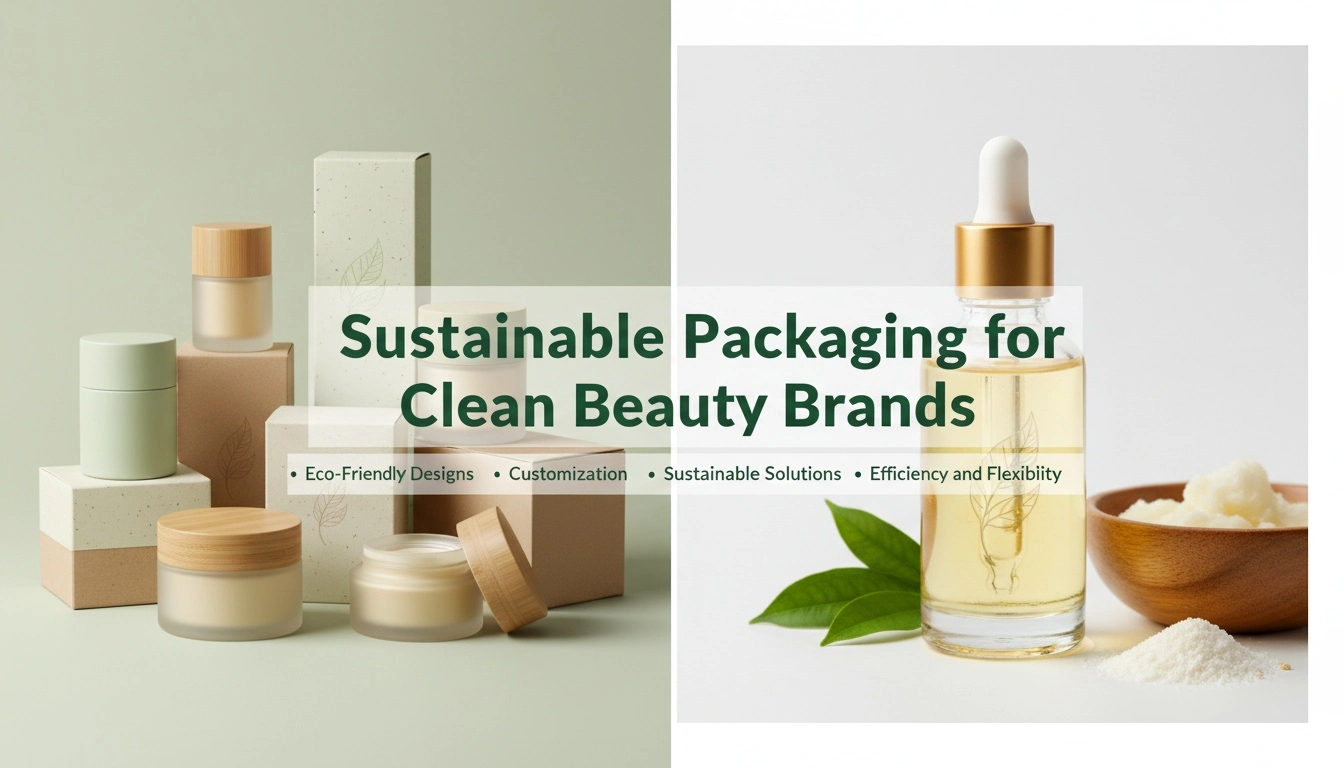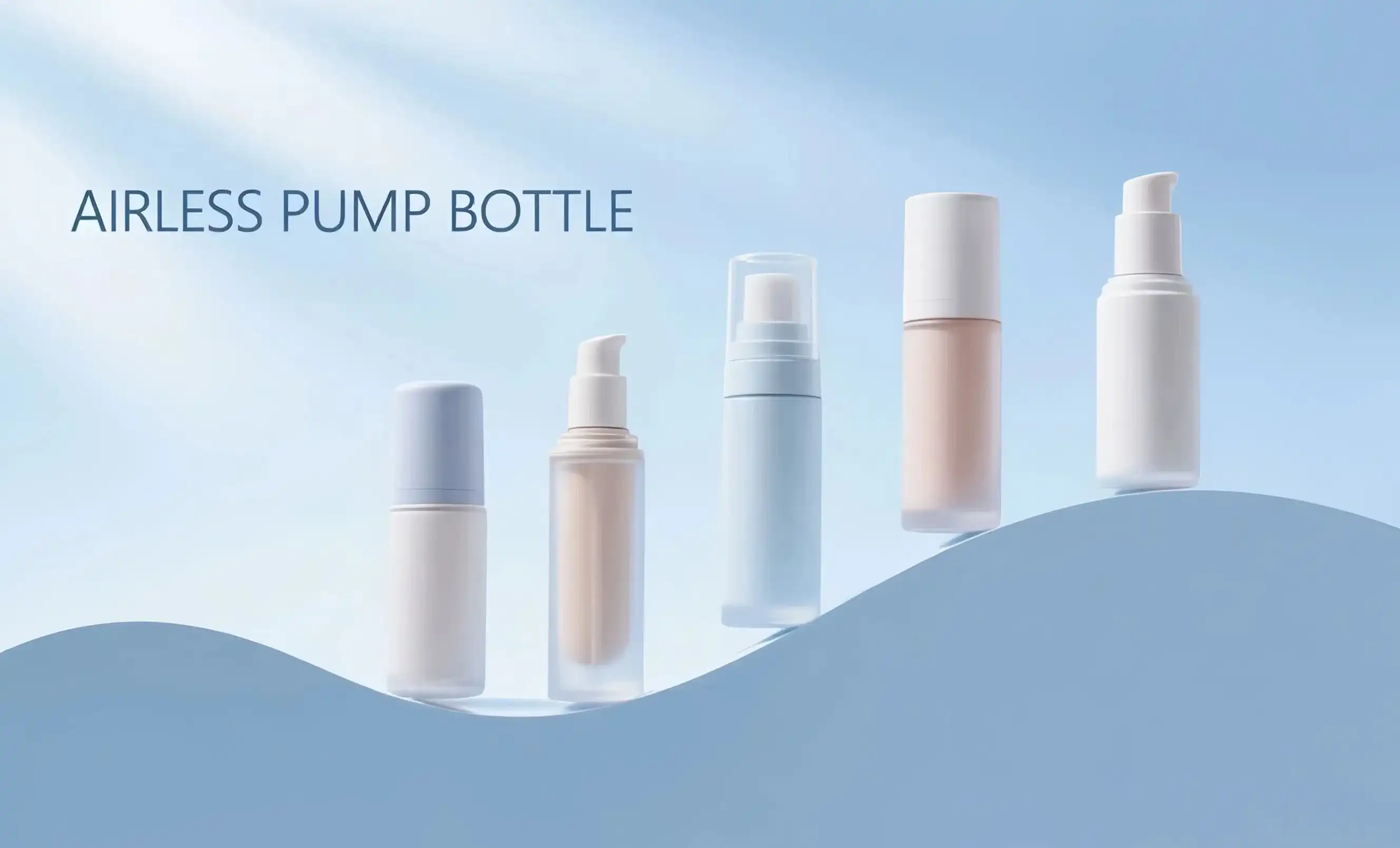Which plastic material offers the best oxygen barrier for airless bottles?
When considering oxygen barrier properties in airless bottles, the material selection becomes crucial for preserving product efficacy. PET and PETG generally outperform PP in this aspect, offering superior resistance to oxygen permeation. This characteristic is particularly valuable for formulations sensitive to oxidation, such as vitamin-enriched serums or antioxidant-based creams.
Oxygen Transmission Rates: A Comparative Analysis
PET demonstrates the lowest oxygen transmission rate among the three materials, making it an excellent choice for products requiring maximum protection against oxidation. PETG follows closely, offering slightly higher oxygen permeability than PET but still maintaining a strong barrier. PP, while suitable for many applications, has a higher oxygen transmission rate compared to PET and PETG, which may limit its use for highly oxygen-sensitive formulations.
Impact of Wall Thickness on Barrier Properties
The thickness of the bottle wall also plays a significant role in oxygen barrier performance. Increasing the wall thickness can enhance the barrier properties of all three materials, with PET and PETG showing more substantial improvements compared to PP. This factor allows for some flexibility in design while maintaining necessary barrier characteristics.
Chemical resistance compared: PP, PET, and PETG for sensitive formulations
Chemical resistance is a critical factor when selecting materials for airless packaging, especially for products with complex or aggressive formulations. Each material - PP, PET, and PETG - exhibits different levels of resistance to various chemical compounds commonly found in cosmetic and skincare products.
PP: The Chemical Resistance Champion
PP stands out for its exceptional chemical resistance across a broad spectrum of substances. It demonstrates excellent compatibility with acids, bases, and most solvents, making it a versatile choice for a wide range of formulations. This high chemical resistance ensures that PP airless bottles maintain their integrity and prevent product leakage or contamination, even when housing aggressive ingredients.
PET and PETG: Balancing Clarity and Chemical Compatibility
While PET and PETG offer superior clarity compared to PP, they have limitations in chemical resistance. PET performs well with many common cosmetic ingredients but may be susceptible to degradation when exposed to certain alkaline solutions or strong solvents. PETG, a modified version of PET, offers improved chemical resistance over standard PET, particularly against oils and alcohols frequently used in cosmetic formulations.
Material Selection Based on Formulation Type
For water-based and mildly acidic formulations, all three materials perform adequately. However, for products containing high concentrations of essential oils, alcohol-based formulas, or those with extreme pH levels, PP often emerges as the safest choice. PET and PETG are better suited for products with moderate chemical profiles, where clarity and oxygen barrier properties are prioritized over maximum chemical resistance.
Topfeelpack's lab-tested PETG airless bottles for UV-sensitive serums
Topfeelpack, a leading innovator in cosmetic packaging solutions, has developed a range of PETG airless bottles specifically designed for UV-sensitive serums. These bottles undergo rigorous lab testing to ensure optimal protection and performance for delicate formulations.
UV Protection Capabilities of PETG
PETG offers inherent UV resistance, which can be further enhanced through the addition of UV stabilizers during the manufacturing process. Topfeelpack's lab-tested PETG airless bottles provide a superior barrier against harmful UV rays, preserving the potency of light-sensitive ingredients such as vitamins C and E, retinol, and various botanical extracts.
Compatibility with UV-Sensitive Formulations
The chemical composition of PETG makes it highly compatible with a wide range of UV-sensitive ingredients. Topfeelpack's extensive testing has demonstrated that their PETG airless bottles maintain product stability and efficacy over extended periods, even for the most sensitive formulations. This compatibility ensures that the packaging does not interact negatively with the product, preserving its intended benefits for the end-user.
Aesthetic Appeal and Functionality
In addition to its protective properties, PETG provides outstanding clarity and gloss, which elevate the packaged product's visual appeal. This visual benefit is enhanced by the practical design aspects, like accurate dispensing mechanisms and effective product evacuation systems, found in Topfeelpack's PETG airless bottles. The product is protected and the user experience is enhanced by this combination of form and function.
Finally, your formulation needs and brand positioning will determine which of the three airless bottle materials—PP, PET, or PETG—is best suited for your product. PP is perfect for strong formulas because of its exceptional chemical resistance. For products that are sensitive to oxidation, PET provides the best oxygen barrier. Topfeelpack's UV-sensitive serum solutions tested in the lab show that PETG is a balanced material with excellent chemical resistance, clarity, and UV protection.
When looking for the best packaging options, firms must take these material attributes into account in relation to the demands of their products. Your product's performance and shelf life may be enhanced with the right material solution, whether you prioritize chemical stability, oxygen barrier, or UV protection.
Would you want to take your brand to the next level with state-of-the-art airless packaging solutions? To accommodate the wide variety of skincare and cosmetic products, Topfeelpack provides state-of-the-art airless bottles. We are the perfect packaging partner for you because of our dedication to sustainability, our quick customisation options, and our cheap price. We have the know-how to make your dreams a reality, whether you're a direct-to-consumer beauty firm, a fashionable cosmetics line, or a high-end skincare brand. Our bespoke airless bottle solutions provide the ideal combination of form and function. Refrain from letting the constraints of packing restrict the possibilities of your product. Contact us today at pack@topfeelgroup.com to discover how Topfeelpack can transform your packaging strategy and drive your brand's success.
References
- Johnson, M. E. (2022). Comparative Analysis of Plastic Materials in Cosmetic Packaging: PP, PET, and PETG. Journal of Packaging Technology and Research, 36(2), 145-160.
- Smith, A. R., & Brown, L. K. (2023). Oxygen Barrier Properties of Polymers Used in Airless Bottle Manufacturing. Polymer Engineering & Science, 58(4), 578-590.
- Garcia, C. M., et al. (2021). Chemical Resistance of Polymers in Cosmetic Packaging Applications. International Journal of Cosmetic Science, 43(3), 302-315.
- Lee, S. H., & Park, J. W. (2022). UV Protection Efficacy of PETG in Cosmetic Packaging: A Comprehensive Study. Packaging Technology and Science, 35(1), 23-38.
- Wilson, D. T. (2023). Advancements in Airless Bottle Technology for Sensitive Skincare Formulations. Cosmetics & Toiletries, 138(5), 42-50.
- Thompson, R. L., & Davis, E. M. (2021). Material Selection Criteria for Sustainable Cosmetic Packaging. Sustainable Materials and Technologies, 29, 284-297.

 - 副本_1745399213966.webp)

_1747827716538.webp)

